What is the weather like on other planets in the Solar System? The wild weather of heat extremes and incredible wind speeds seen on some of the Solar System planets really makes Earth seem a tranquil, calm place.
After all, the climate on Earth is just right to support a rich diversity of life on land and in the oceans.
The abundance of water, the warmth and energy from the Sun, and interactions within Earth’s atmosphere create weather systems, while the motion of Earth gives rise to seasons.

We do, however, experience extremes.
Death Valley in Arizona holds the record for the highest air temperature recorded, in 1913 – a blistering 56.7°C (134.1°F) – and in 1983, the air temperature in Vostok, Antarctica, dropped to –89.2°C (–128.6°F).
But if you think that’s extraordinary, it’s nothing compared to the rest of the Solar System! Here we'll take a look at each of the planets of the Solar System and reveal their wildest weather.
Solar System wild weather, planet-by-planet
Mercury
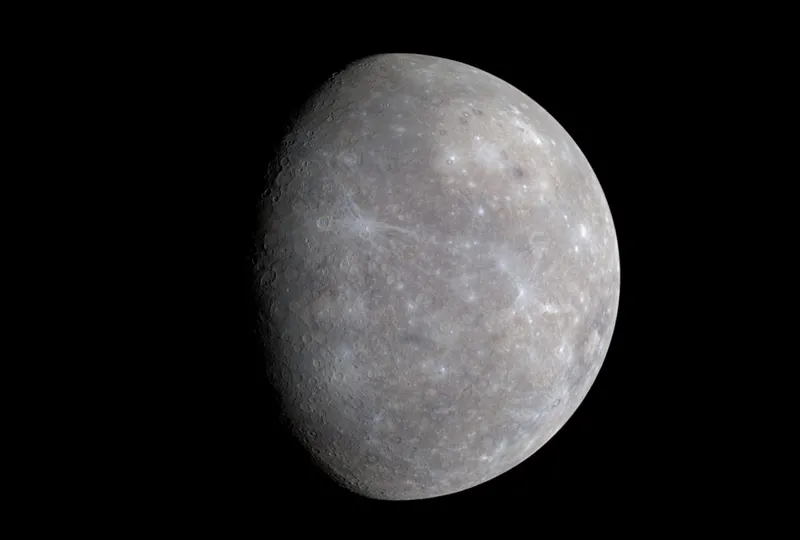
Mercury is the smallest planet in the Solar System and the closest to the Sun.
It spins almost upright on its axis and doesn’t have any seasons.
Continually blasted by solar emissions – the Sun’s rays here are around seven times stronger than on Earth – Mercury experiences the most extreme temperatures of all planets.
Due to its tenuous atmosphere, called an exosphere, rocky Mercury does not have weather systems.
Temperatures on Mercury can reach a scorching 430°C (806°F) during the day and at night plummet very quickly to a painfully cold –180°C (–290°F).
However, despite being the closest planet to the Sun, Mercury isn’t the hottest. That accolade falls to our next planet...
Venus
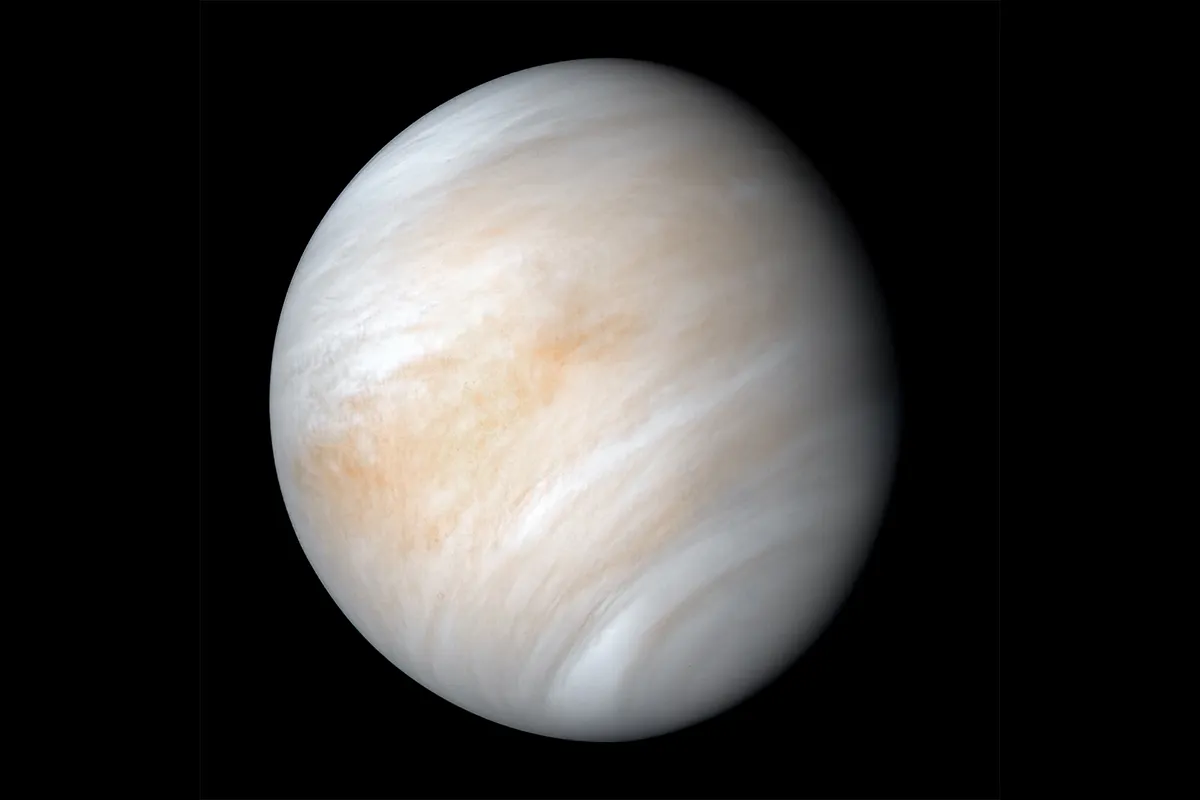
Our nearest planetary neighbour, Venus is the brightest planet seen in the night sky and holds the mantle as the hottest world.
Venus's thick atmosphere and extreme greenhouse effect create a surface temperature of 475°C (885°F).
Cloud cover is exceedingly dense, so sunlight can’t easily penetrate through to the surface.
The clouds reflect up to 84 per cent of the incoming rays from the Sun, which explains why we see it outshining most night-sky objects.
Venusian clouds whip around the planet in days, due to atmospheric winds speeding at 350km/h (220mph), and release droplets of sulphuric acid that evaporate before reaching the planet’s hot surface.
Mars

With canyons and hills, ice at its poles and riverbeds (albeit they dried up billions of years ago), Mars displays similar physical features to Earth.
Unlike Earth, the Red Planet is unhabitable for life as we know it, lacking oxygen or any kind of substantial atmosphere that would help to sustain life.
Dry and cold, Mars, the fourth planet from the Sun, is infamous for gigantic, prolonged dust storms, storms so big they can be viewed through a telescope from Earth.
These last for days and rage around the planet at up to 106km/h (66mph), reaching heights of 1,000m (3,000ft) and covering areas the size of continents.
Jupiter
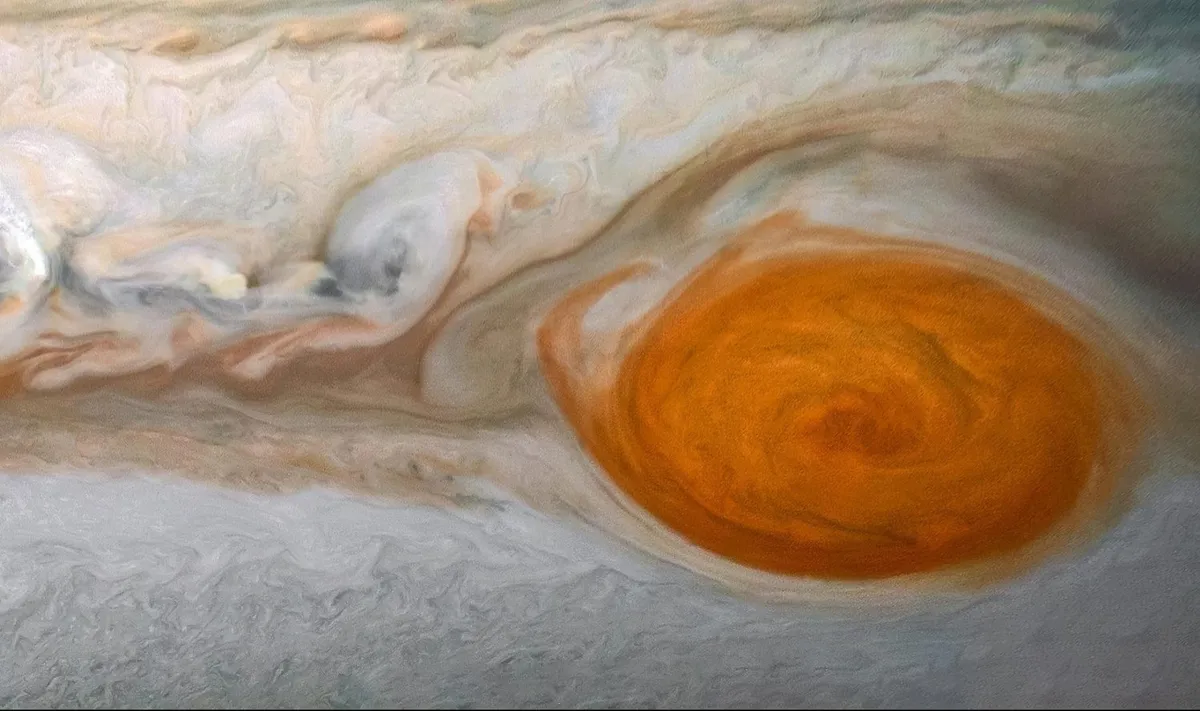
Jupiter is the largest planet, a gas giant with a huge gravitational pull that has captured over 80 moons.
At Jupiter's equator, a belt of reflective clouds shines brightly while winds hit speeds of 402km/h (250mph).
Jupiter’s famous Great Red Spot – a high-pressure anti-cyclonic weather system, twice the size of Earth and over 16,000km (10,000 miles) wide – has been raging for over 300 years.
It is the planet’s main distinguishing feature and the largest storm in the Solar System.
There is no solid surface to slow this raging storm down and, despite shrinking since at least the 19th century, there is nothing to indicate that it won’t remain indefinitely into the future.
Saturn
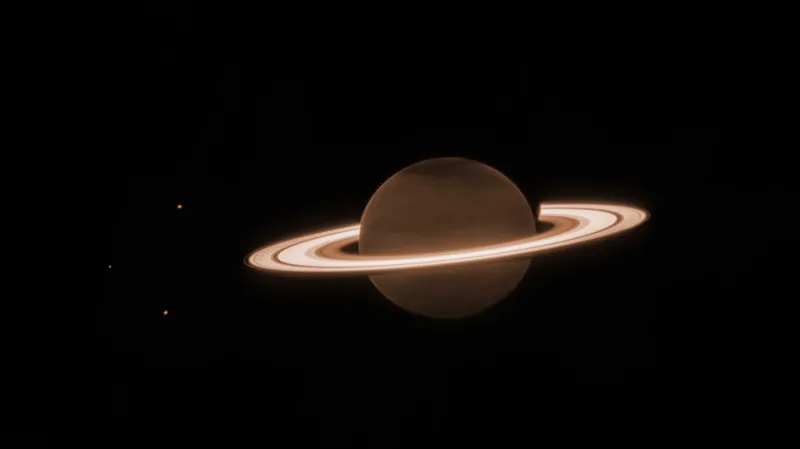
Ringed planet Saturn takes only 10 hours to complete one rotation, generating wind speeds of up to 1,600km/h (1,000mph).
A 32,186km-wide (20,000-mile) hexagonal jet stream exists at its north pole.
Saturn's atmosphere is composed of hydrogen and helium, with tremendous electrical storms persisting for months.
Titan, Saturn’s largest moon, is quite spectacular.
It exhibits a cycle like Earth’s water cycle but instead of water, it’s composed of methane.
Titan has a weather system created by a dense atmosphere trapping heat and wind.
Liquid methane rain lashes down on its surface creating an abundance of rivers and seas.
Uranus
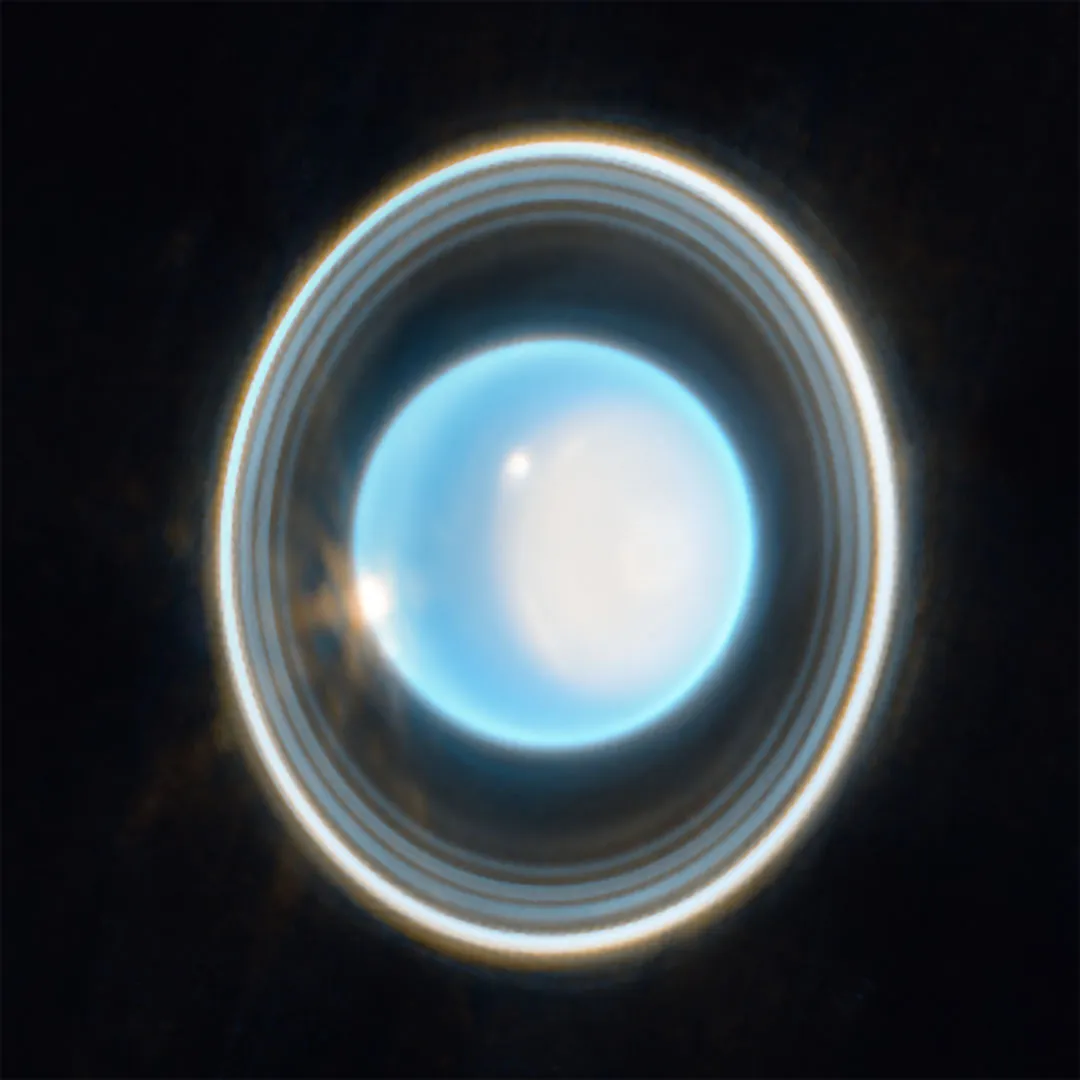
You would assume that Neptune is the coldest planet because it’s furthest from the Sun, but ice giant Uranus takes this crown.
Temperatures on Uranus have been recorded as low as –224°C (–371°F).
Receiving only a small percentage of sunlight, Uranus’s penetrating cold is caused by its axis lying parallel to its orbital plain – in other words, Uranus spins on its side.
This extreme axial tilt causes intense seasons lasting 21 years.
In 2006, the Uranus Dark Spot was observed on the planet’s surface, a swirling vortex so big it would engulf two thirds of the United States.
Neptune
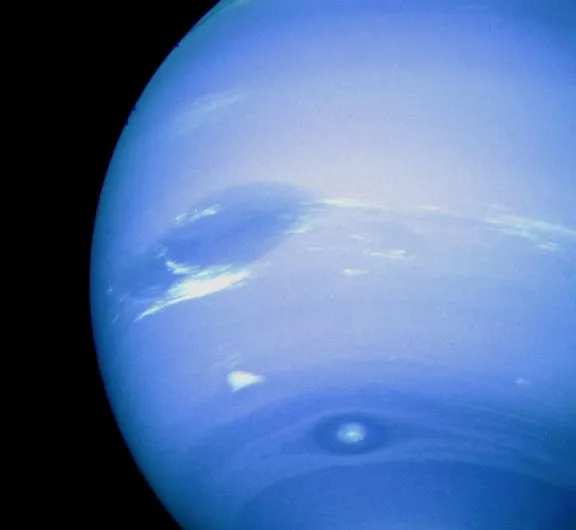
Neptune is the outermost planet and takes around 165 Earth years to orbit the Sun.
Exhibiting processes similar to Uranus, its serene blue appearance is misleading – Neptune is one of the wildest planets of all!
The weather on Neptune is driven by a combination of heating from its core, cosmic rays and ultraviolet radiation from the Sun.
These factors form cirrus-like clouds composed of frozen methane and generate winds of 2,100km/h (1,300mph).
Neptune's strong winds produce powerful storms, including a dark, oval anti-cyclonic storm like Jupiter’s Great Red Spot, called the Great Dark Spot, that moves at a breathtaking speed of 1,200km/h (750mph).

